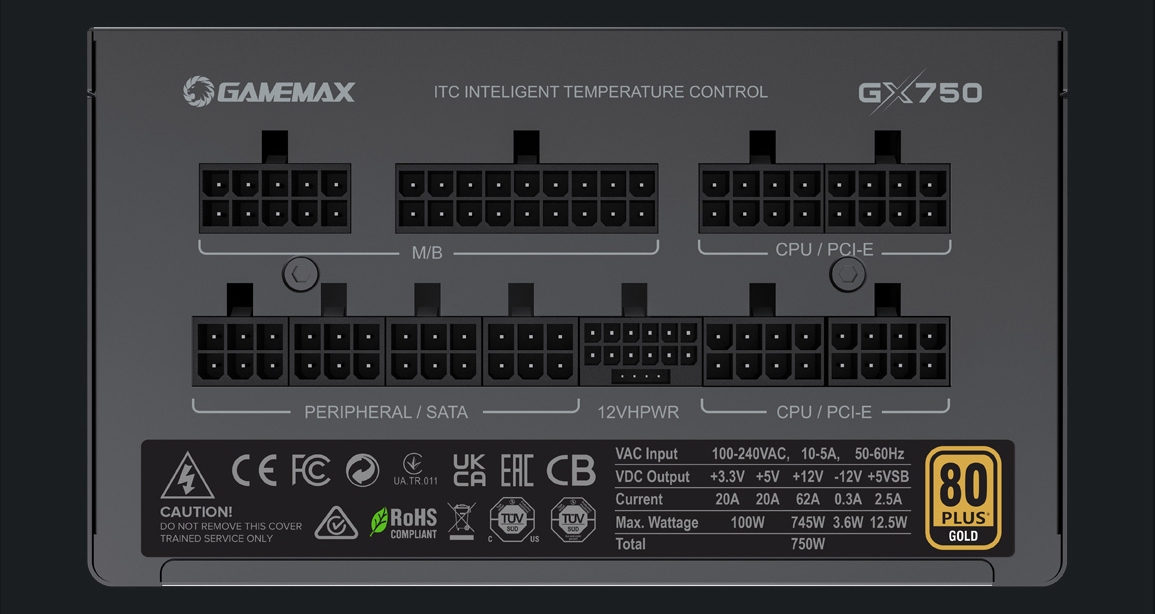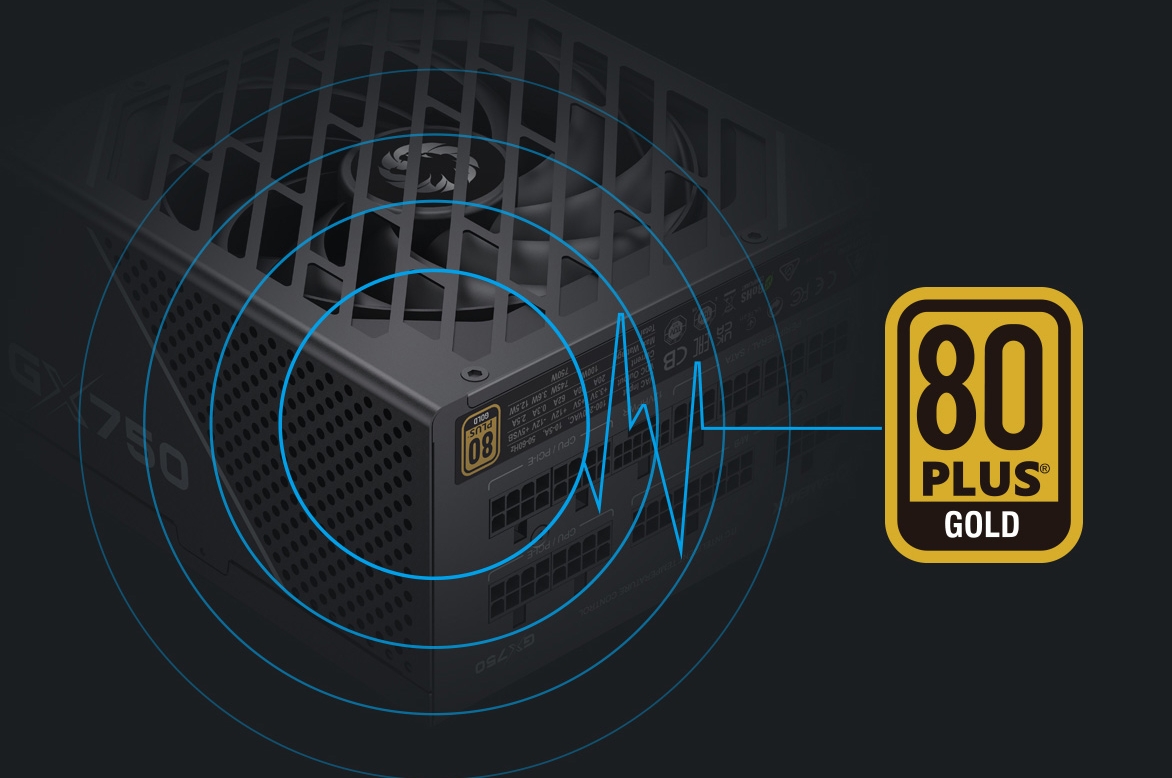Choosing the right power supply (PSU) for your PC is crucial to ensure your system runs smoothly. If you're unsure about the wattage of your current power supply or need to determine the right wattage for a new build, this guide will walk you through the process in a clear and straightforward manner.
System Stability: Ensuring you have enough power prevents system crashes and instability, especially during high-performance tasks like gaming or video editing.
Component Protection: A power supply that provides insufficient wattage can damage your PC components over time.
Future Upgrades: Knowing your current PSU’s wattage helps plan for future upgrades without needing to replace the power supply prematurely.

The simplest way to find out your PSU’s wattage is by checking the label on the power supply itself.
Turn Off and Unplug Your PC: For safety, ensure your computer is powered off and disconnected from any electrical outlets.
Open the PC Case: Remove the side panel of your computer case to access the power supply.
Locate the PSU: Find the power supply unit, usually located at the top or bottom of the case.
Read the Label: Look for a label on the side of the PSU. It should provide various details, including the wattage. The wattage is often listed as “Max Power” or “Total Power” and might be followed by a wattage value (e.g., 500W).
If you have the documentation for your PC or its components, it might include details about the power supply.
Consult the Manual: Look through the PC’s manual or any build guides you used when assembling the system. The PSU wattage might be listed there.
Check Manufacturer Specifications: If you bought a pre-built PC, you could often find the PSU specifications on the manufacturer’s website or in the product specifications.
There are some software tools available that can provide information about your system’s power consumption, but they might not directly show the PSU wattage.
Download a Monitoring Tool: Programs like HWMonitor or CPU-Z can show detailed information about your system's components and their power consumption.
Estimate Power Draw: While these tools won’t directly tell you the PSU wattage, they can help you estimate your system’s power draw, which can guide you in choosing an appropriate PSU if you’re upgrading.
If you’re unsure or uncomfortable opening your PC case, consider consulting a professional technician.
Visit a Computer Repair Shop: Technicians can quickly identify your PSU’s wattage and provide advice on whether it meets your system’s needs.
Ask for Advice: If you’re upgrading your system, a professional can recommend the appropriate PSU wattage based on your new components.

If you find that your PSU’s wattage is lower than needed for your system or future upgrades, you should consider replacing it with a higher wattage model.
Choose a Reliable PSU: Look for a reputable brand and ensure the PSU has the necessary certifications (like 80 PLUS) for efficiency and reliability.
Ensure Compatibility: Make sure the new PSU fits your PC case and has the required connectors for your components.
Checking your PC power supply wattage is essential for maintaining system stability and planning for upgrades. By following these steps—checking the PSU label, consulting documentation, using software tools, or seeking professional advice—you can ensure that your power supply meets your current and future needs. A well-chosen PSU helps protect your components and ensures your PC runs smoothly, providing a better overall experience.